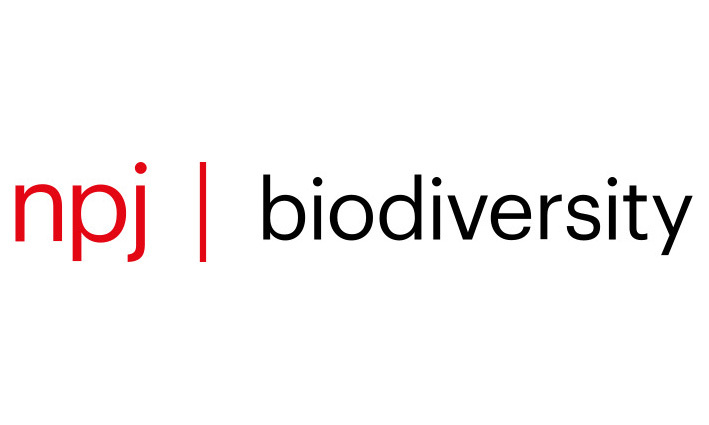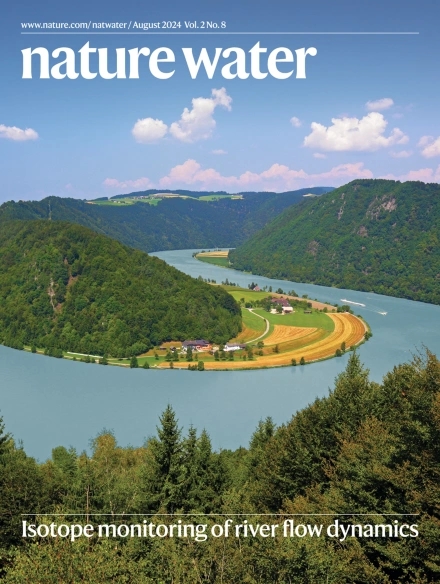Evidence for a by-product mutualism in a group hunter depends on prey movement state
Researchers from the Cluster of Excellence Science of Intelligence (SCIoI), in which the Humboldt-Universität zu Berlin (HU Berlin) and the Leibniz Institute of Freshwater Ecology and Inland Fisheries (IGB) are involved, have proven in an underwater field study in the ocean off Mexico: the faster a school of prey moves, the higher the capture rate of the striped marlin.

We may be looking for Martian life in the wrong place

Climate variability in a 3.8 Ma old sedimentary record from the hyperarid Atacama Desert
Freshwater megafauna shape ecosystems and facilitate restoration
This is a review, synthesizing how megafauna shape ecological processes in freshwater ecosystems and discussing their potential for enhancing ecosystem restoration. Restoring freshwater megafauna can revive essential ecological processes like disturbances, trophic cascades, and species dispersal, boosting biodiversity and enhancing nature's contributions to people.
A global systematic map of knowledge of inland commercial navigation effects on freshwater ecosystems
The authors conducted a systematic mapping of the published literature (1908–2021) to provide a global synthesis of the effects of inland navigation on the biotic and abiotic components of freshwater ecosystems. Inland navigation impacts rivers through shipping, infrastructure, and waterway management, causing direct (e.g., waves) and indirect effects (habitat loss, invasions).
Multiple-stressor effects on leaf litter decomposition in freshwater ecosystems: A meta-analysis
By using a meta analytical technique, the authors investigated the effect of multiple-stressors on leaf litter decomposition in freshwaters. The overall interaction between multiple stressors was antagonistic and the magnitude and direction of multiple-stressor interactions depends on factors such as the involvement of macroinvertebrates, habitat type and available resources.

The European Reference Genome Atlas: piloting a decentralised approach to equitable biodiversity genomics
Researchers from all over Europe have created high-standard reference genomes for 98 species as part of the European Reference Genome Atlas (ERGA) pilot project. This collaboration of scientists from 33 countries is an important milestone on the way to a reference genome database for European animals, plants and fungi.

Ecohydrological resilience and the landscape water storage continuum in droughts
A better understanding of water storage dynamics at medium scales, i.e. areas between 10 and 100 square kilometres, could help to better predict and ensure the availability of water resources, even in times of climate change. To this end, the researchers here synthesised findings from several long-term studies and introduced the concept of ecohydrological resilience.

Evolutionary Insights from Association Rule Mining of Co-Occurring Mutations in Influenza Hemagglutinin and Neuraminidase
Electrical conductivity fluctuations as a tracer to determine time-dependent transport characteristics in hyporheic sediments
The paper presents a modeling approach to estimate time-varying travel times from the stream water to the streambed. The modeling is based on fluctuations in electrical conductivity in the surface water and in the porewater. Given the high temporal dynamics of transport in streambed sediments, the model will be a valuable tool for the assessment of reactive transport in streambed sediments.





